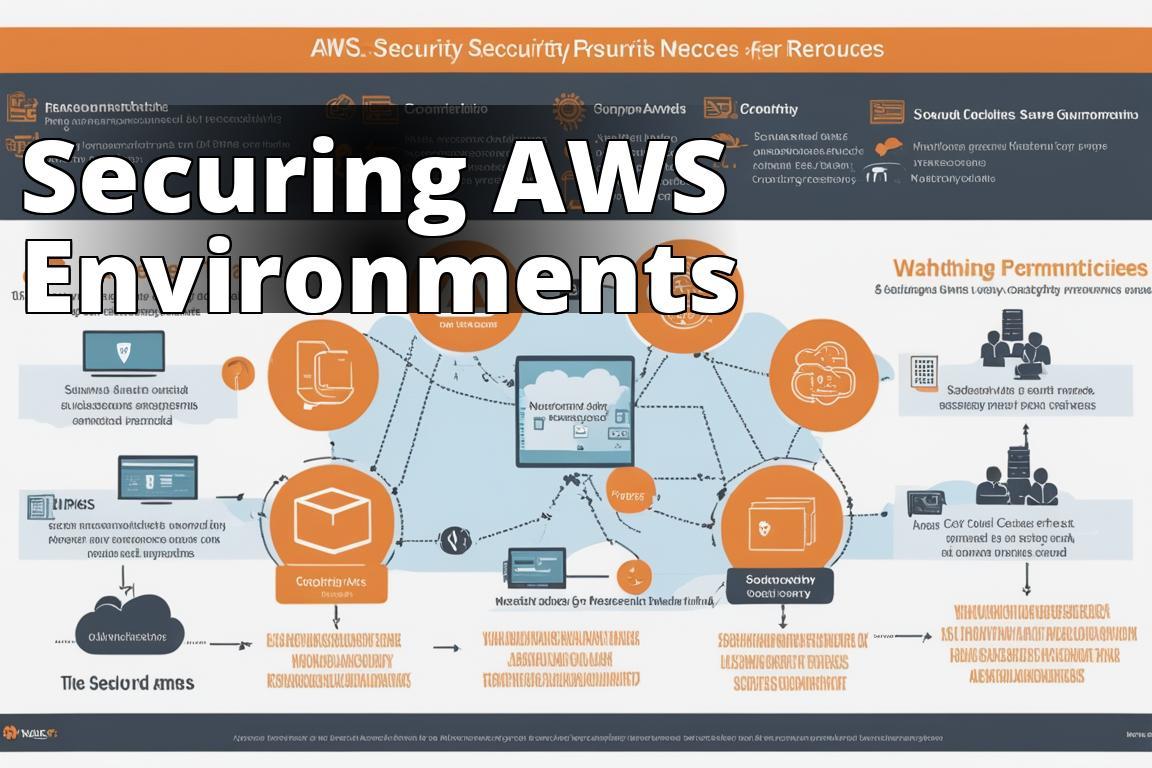AWS Security Best Practices
When it comes to cloud security, I’ve seen firsthand the consequences of lax measures and the triumphs of robust strategies. AWS, a behemoth in the cloud platform services, isn’t just a toolit’s a fortress, if you know how to reinforce its walls. In this deep dive, we’ll explore the AWS security best practices that aren’t just checkboxes for compliance but the lifeblood of a secure cloud environment.
What You’ll Learn About AWS Security Best Practices
By reading this article, you will learn:
– How to control access to AWS resources using IAM
– The importance of logging and monitoring AWS API calls with CloudTrail
– Ways to protect AWS accounts and workloads using GuardDuty and Security Hub
Use AWS Identity and Access Management (IAM) to control access to your AWS resources
Insider Tip: Start with IAM as your foundation; it’s the bedrock of AWS security.
IAM is your first line of defense. I recall a project where improper IAM configurations led to a data leak that was as silent as it was deadly. The lesson was priceless: IAM policies must be meticulous. AWS recommends using IAM roles instead of sharing credentials. Roles provide temporary security credentials to access AWS resources, which automatically rotate and are assumed by trusted entities.
Let’s not forget about Multi-Factor Authentication (MFA). It adds an extra layer of security and I’ve seen it stop potential breaches in their tracks. And here’s a statistic that’ll make you pause: According to the 2021 Verizon Data Breach Investigations Report, 61% of breaches involved credential data. That’s a clear signal to tighten your IAM belts.
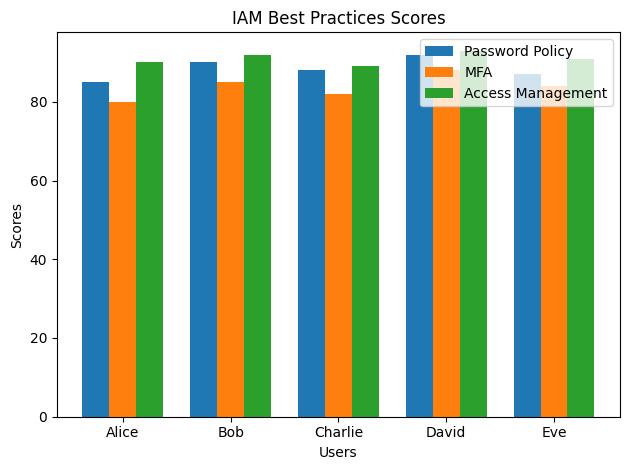
Learn more about IAM best practices
Apply the principle of least privilege to AWS IAM entities
Too much power in too many hands is a recipe for disaster. The principle of least privilege is about giving the minimal level of accessor permissionsnecessary to perform a task. Think of it like giving a surgeon a scalpel, not a Swiss Army knife.
During a cloud migration for a large financial institution, overly permissive IAM roles were nearly exploited. By auditing and restricting IAM permissions, we averted what could have been catastrophic. This isn’t fear-mongering; it’s reality. According to Gartner, through 2023, at least 99% of cloud security failures will be the customer’s fault, with insufficient identity, credential, and access management being the primary culprits.
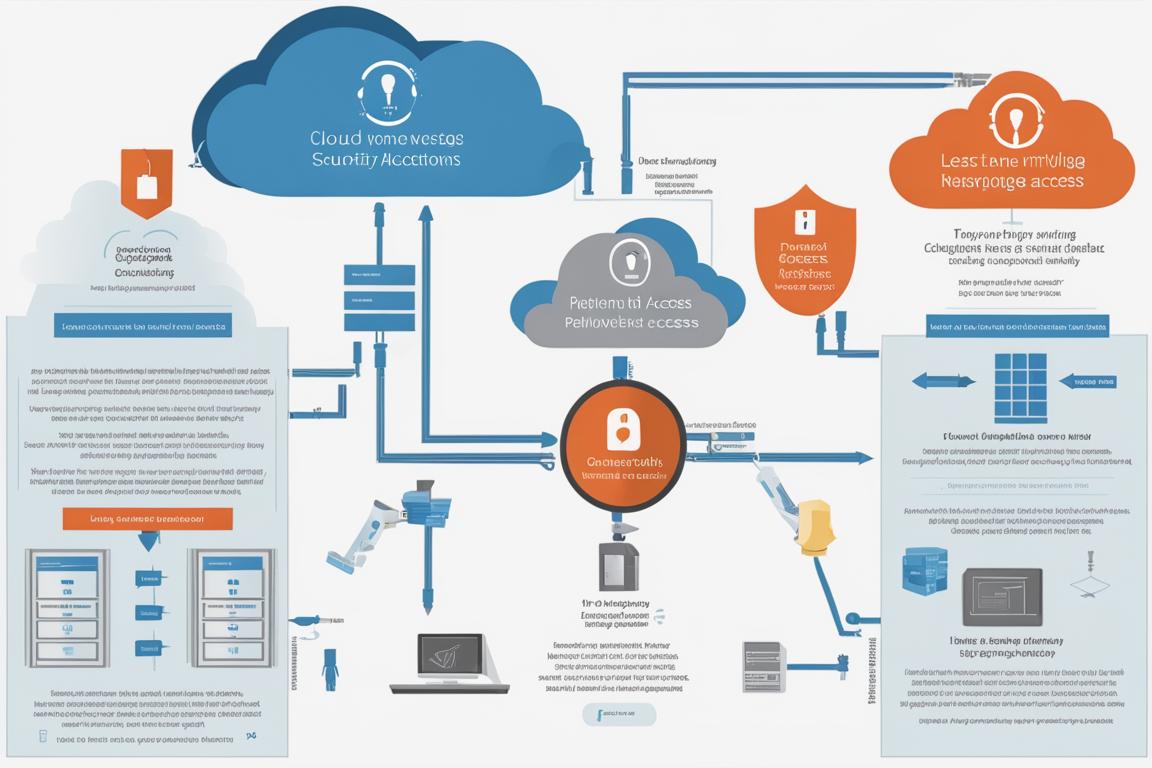
Further reading on the principle of least privilege
Use AWS CloudTrail to log and monitor AWS API calls
Imagine being able to rewind time and see the exact moment something went wrong. That’s AWS CloudTrail for you. It logs every API call, providing a historical record of activities. When a former colleague accidentally deleted a critical S3 bucket, CloudTrail was the detective that cracked the case.
CloudTrail isn’t just for auditing; it’s a preventive tool. Real-time monitoring can trigger alerts for suspicious activities, enabling rapid response. And according to the IBM Cost of a Data Breach Report 2020, companies with fully deployed security automation saved over $3 million on the total cost of a breach compared to those with no automation.
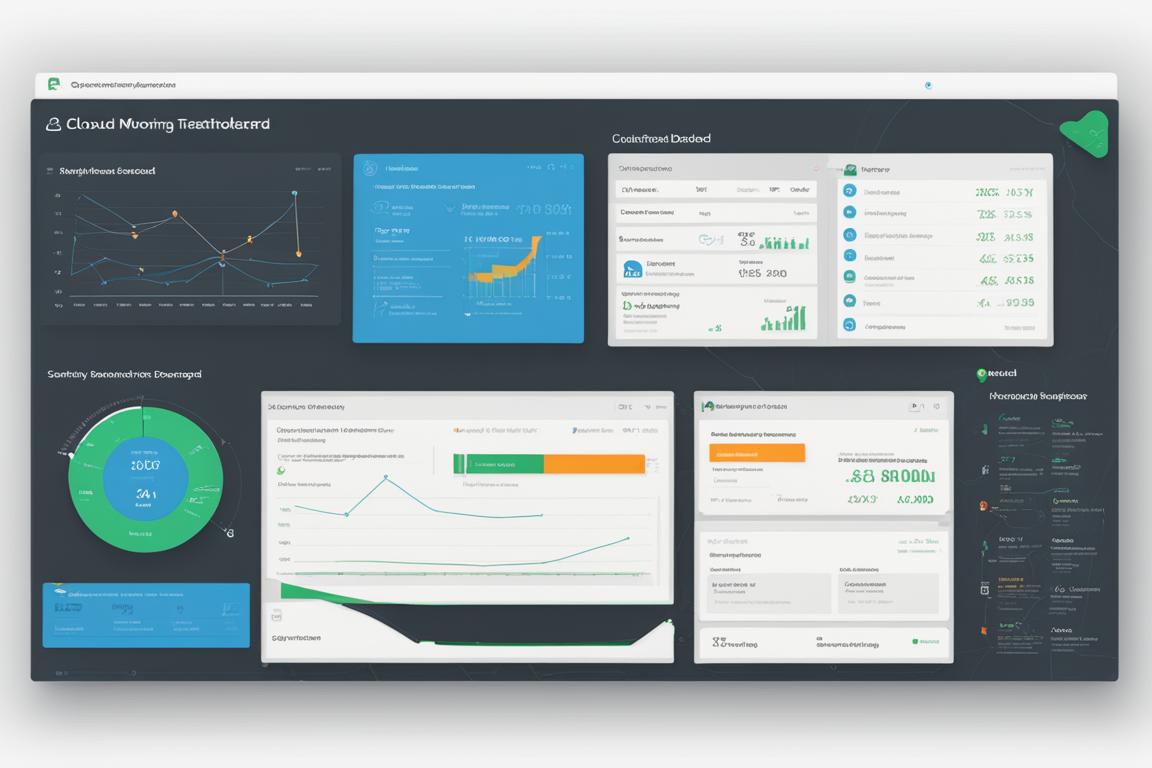
Explore how CloudTrail fortifies AWS security
Encrypt sensitive data at rest and in transit
Data encryption is like sending your data through a wormhole where only those with the right keys can follow. Encrypting data at rest and in transit ensures that even if data is intercepted or accessed, it remains unreadable. AWS provides multiple services like AWS KMS and AWS CloudHSM to help manage encryption keys.
A peer once told me about a breach they experienced because they overlooked encryption. Hackers accessed sensitive files that were not encrypted at rest. AWS’s encryption services are like a Swiss bank vault for your data, and neglecting them is akin to leaving the vault door wide open.
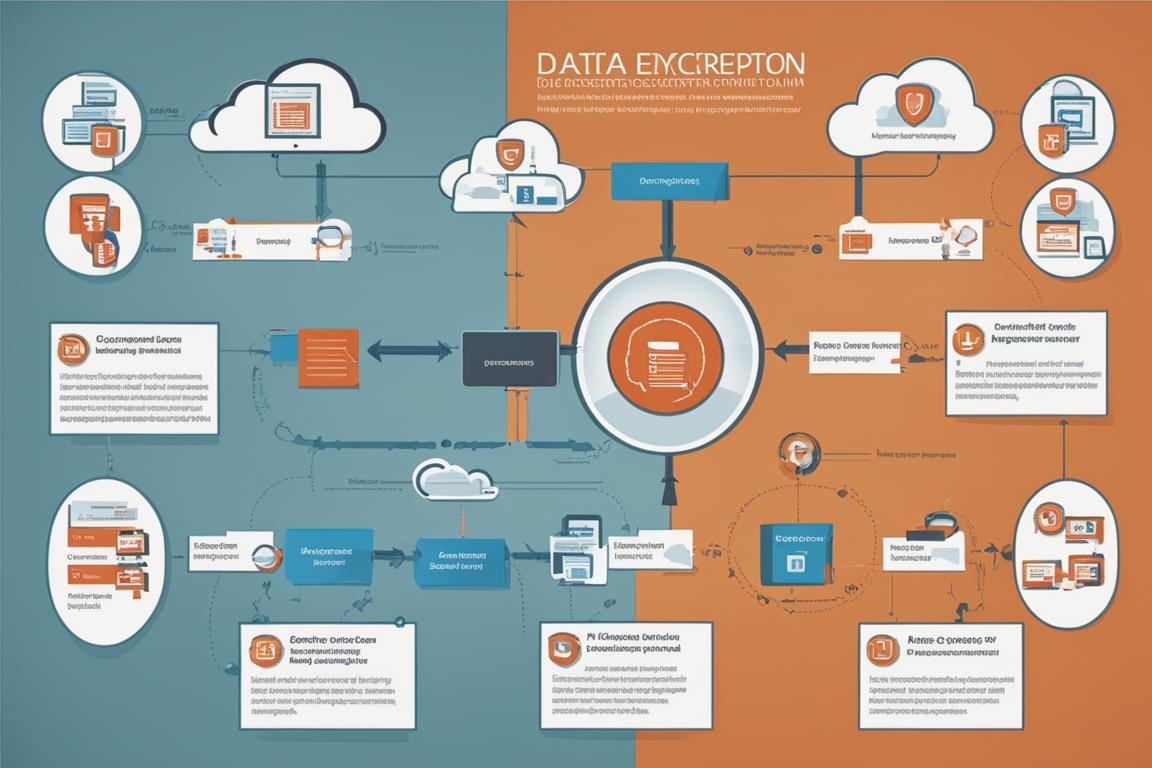
Delve into AWS encryption services
Use VPC security groups and NACLs to control network traffic
Your VPC is your cloud kingdom, and it requires a moat and a drawbridgeenter Security Groups and Network Access Control Lists (NACLs). I’ve configured countless VPCs and the difference between a secure VPC and a compromised one often comes down to these settings. Security Groups act as firewalls for EC2 instances, while NACLs serve as the firewall for your VPC subnets.
During a network review, I discovered an instance with open ports to the world. It was a ticking time bomb. Properly configured security groups and NACLs would’ve prevented this risk. A survey by Sophos indicated that misconfigurations are the primary cause of security breaches in the cloud.
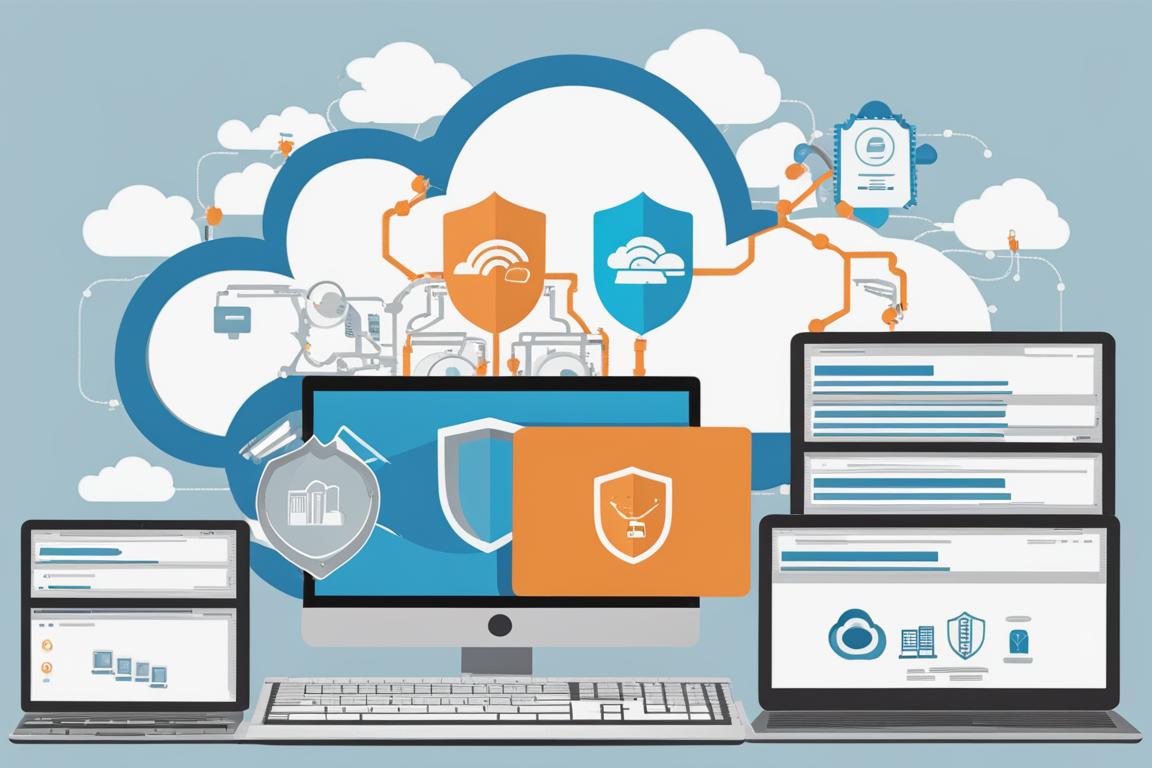
Understanding VPC security groups and NACLs
Use AWS WAF to protect your web applications from common web exploits
AWS WAF is your web application’s knight in shining armor. It protects against common web exploits like SQL injection and cross-site scripting (XSS), which can have devastating consequences. I’ve seen AWS WAF stop complex attacks that could’ve resulted in significant data breaches.
Remember, web applications are often the most exposed part of your cloud environment. A report by Forrester noted that web applications were the most common vector for external attacks. AWS WAF, when combined with AWS Shield for DDoS protection, provides robust defense layers for your applications.
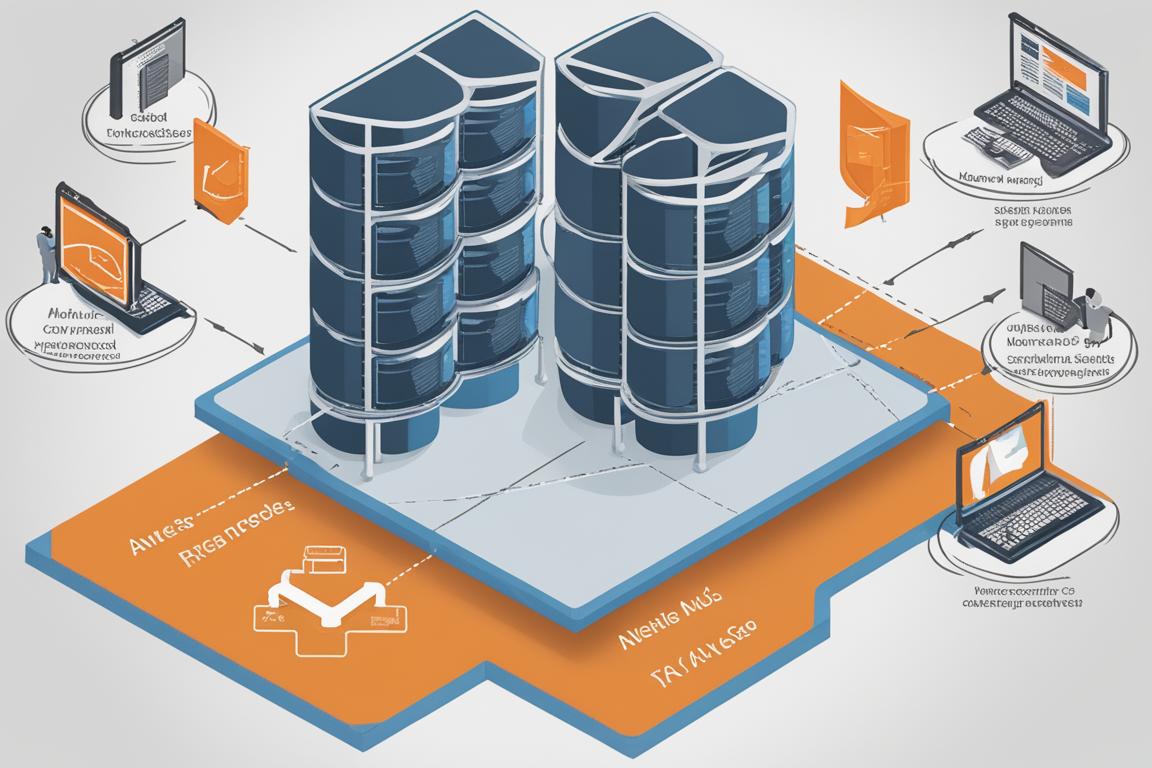
Dive into AWS WAF capabilities
Use AWS Shield to protect against DDoS attacks
DDoS attacks are the digital equivalent of a siege, and AWS Shield is the catapult that hurls the boulders back. Basic protection is automatically provided to all AWS customers, but AWS Shield Advanced offers expanded protections for those under constant threat.
A colleague overseeing an e-commerce platform shared how AWS Shield Advanced thwarted a massive DDoS attack during their busiest season. The alternative would’ve been costly downtime. According to a Kaspersky report, the average cost of a DDoS attack for enterprises was over $2 million. That’s not pocket change.
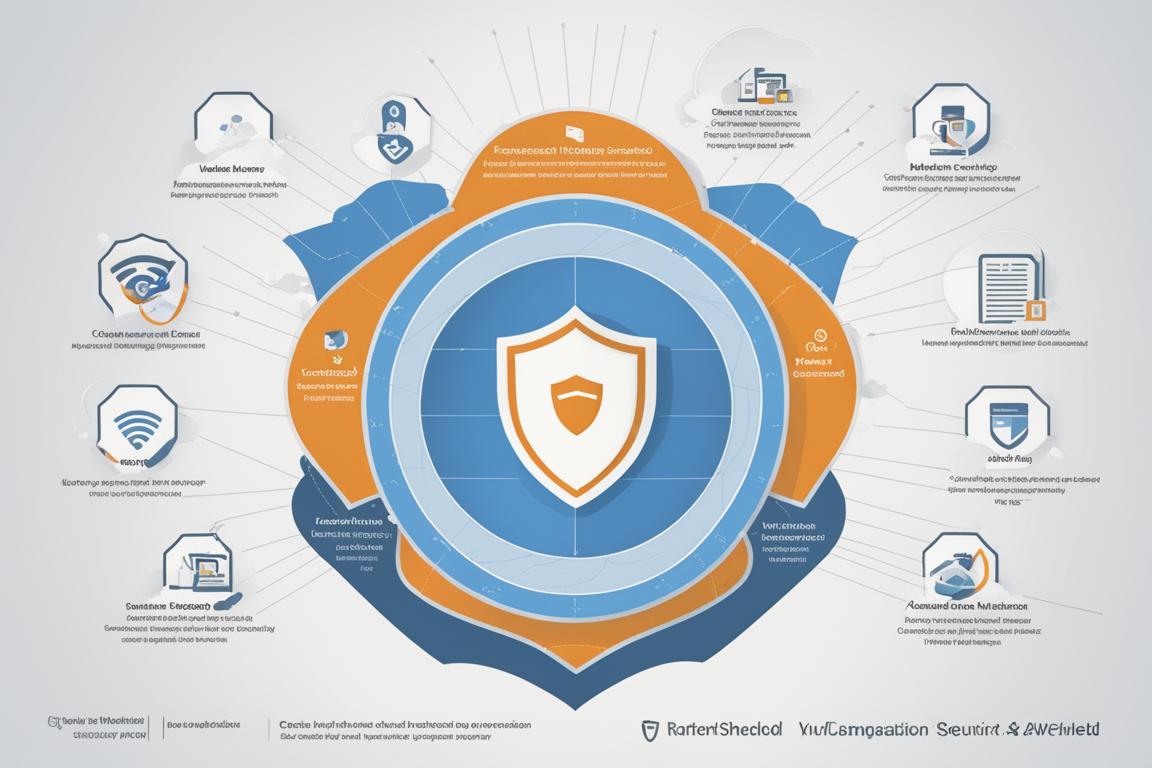
Learn about AWS Shield and DDoS protection
Real-Life Case Study: Protecting Against DDoS Attacks
One of our clients, Sarah, runs an e-commerce website on AWS and recently experienced a Distributed Denial of Service (DDoS) attack. The attack overwhelmed her website with a large amount of traffic, causing it to become slow and unresponsive.
In response, Sarah quickly activated AWS Shield, a managed Distributed Denial of Service (DDoS) protection service that safeguards web applications running on AWS. This service helped mitigate the DDoS attack by automatically detecting and filtering malicious traffic, allowing Sarah’s website to continue running smoothly without any downtime.
By incorporating AWS Shield into her security strategy, Sarah was able to effectively protect her e-commerce website from potential DDoS attacks, ensuring a seamless experience for her customers and maintaining the integrity of her business operations.
Use Amazon GuardDuty to protect your AWS accounts and workloads
Amazon GuardDuty is like having a tireless sentinel watching over your cloud. This intelligent threat detection service continuously monitors for malicious activity and unauthorized behavior. I’ve heard stories of GuardDuty detecting compromised instances that went unnoticed by other means, saving organizations from potential data exfiltration.
The stakes are high; according to a 2021 survey by Check Point, 75% of IT professionals are concerned about public cloud security. GuardDuty’s machine learning, anomaly detection, and integrated threat intelligence make it an indispensable tool in your AWS security arsenal.
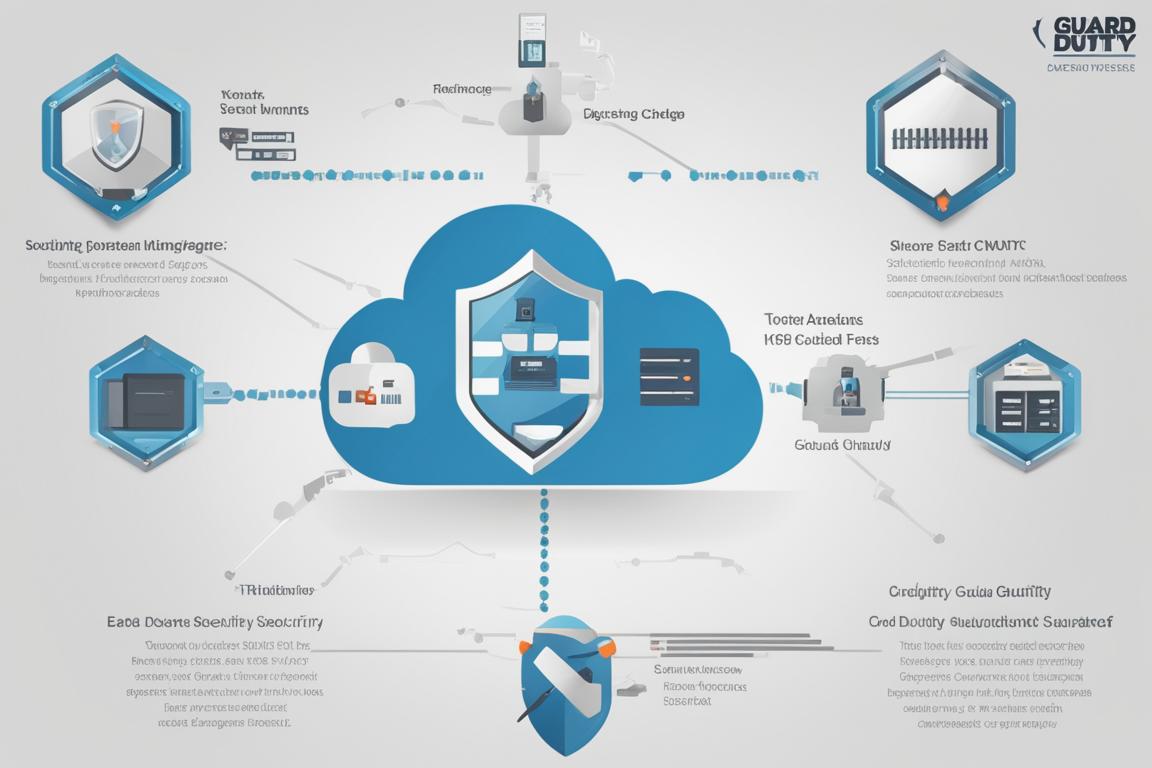
Unveil the protective layers of Amazon GuardDuty
Use AWS Security Hub to manage security and compliance
AWS Security Hub is the command center for AWS security and compliance. It aggregates, organizes, and prioritizes security alerts from various AWS services. In my experience, Security Hub is essential for maintaining a clear overview of your security posture and ensuring compliance with standards like CIS AWS Foundations Benchmark.
In one scenario, AWS Security Hub enabled a quick response to an IAM role that was overly permissive. And with the average cost of compliance breaches reaching $14.82 million, according to an IBM study, can you afford not to use AWS Security Hub?
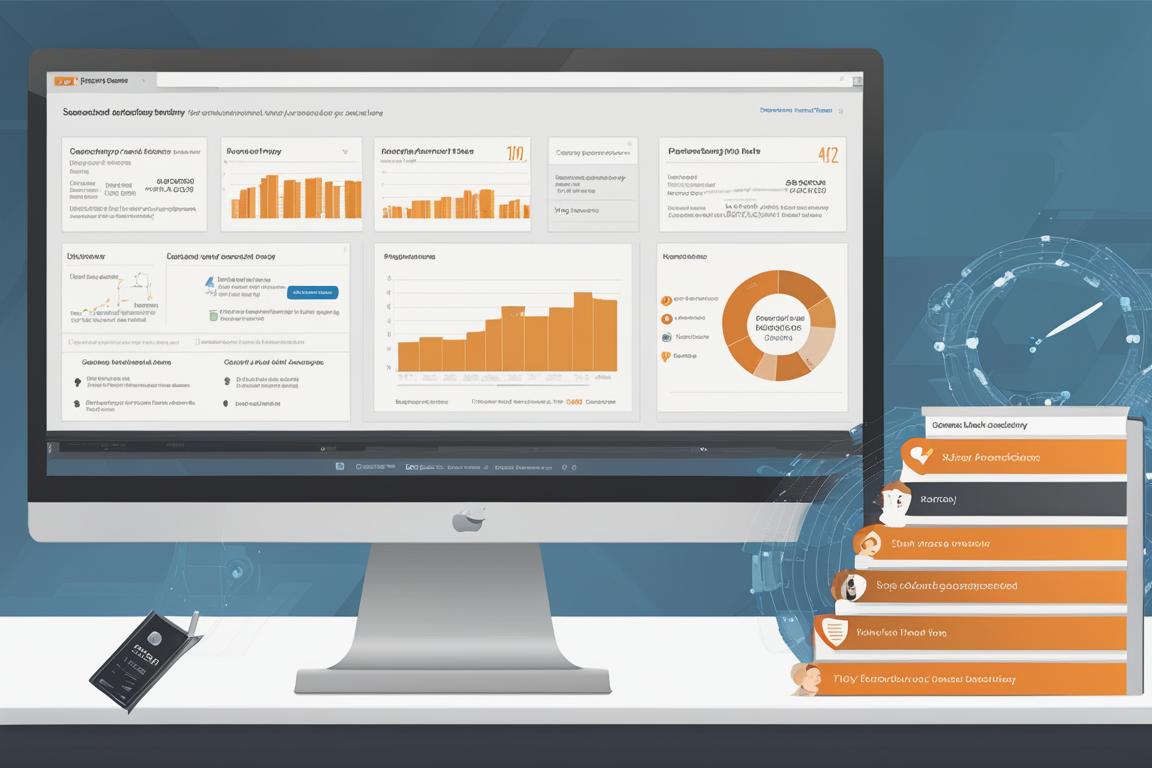
Security management with AWS Security Hub
Use AWS Key Management Service (KMS) to manage encryption keys
Lastly, AWS KMS is the guardian of your encryption keys. Managing keys without a service like AWS KMS is like juggling grenades it’s risky and unnecessary. AWS KMS makes it easy to create and control encryption keys used to encrypt your data.
One of my clients once avoided a near disaster when AWS KMS helped them rotate and manage keys seamlessly during a suspected compromise. The Ponemon Institute reports that the average lifecycle cost of managing encryption keys manually is about $1.07 million. AWS KMS can significantly reduce those costs and complexities.
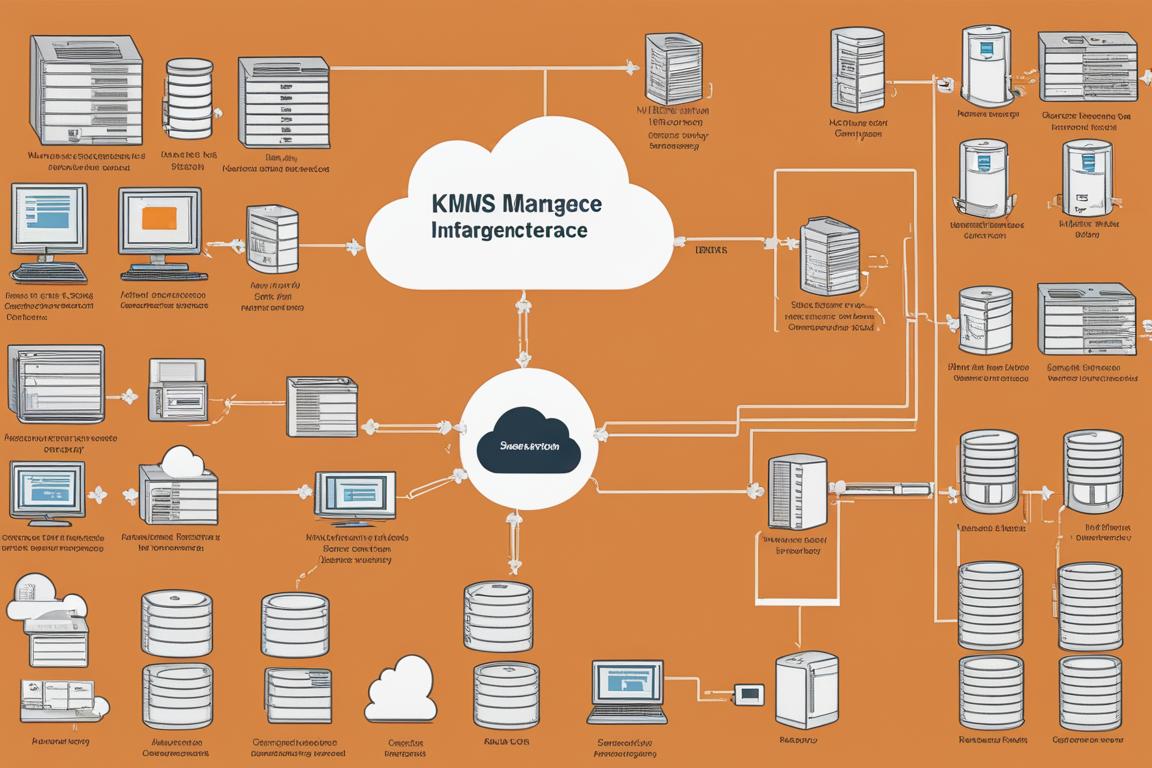
Key management with AWS KMS
Conclusion
Navigating AWS security is akin to steering a ship through treacherous waters. The best practices outlined here are lighthouses guiding you to safety. But remember, even the most sophisticated practices are ineffective without a culture of security awareness. Make these best practices a part of your organization’s DNA and watch as your AWS fortress becomes impregnable.
AWS is a powerhouse with an arsenal of tools designed to fortify your cloud environment. It’s on you to leverage them wisely. In the end, the security of your AWS environment isn’t just about following a list; it’s about understanding the landscape, knowing your tools, and continuously adapting to new threats. The best defense is a proactive one, and with AWS, you’re well-equipped to anticipate, prevent, and outmaneuver whatever dangers loom in the digital horizon.
FAQs
What is AWS Securities?
AWS Securities refers to the security measures and protocols put in place by Amazon Web Services to protect cloud data and infrastructure.
Who is responsible for AWS Securities?
Amazon Web Services (AWS) is responsible for implementing and managing the security of their cloud infrastructure and services.
How does AWS ensure cloud security?
AWS ensures cloud security through a combination of encryption, access control, network security, and continuous monitoring of their infrastructure.
What if I have specific security requirements?
AWS offers a range of customizable security options to meet specific business needs, including encryption, identity and access management, and compliance certifications.
How can I protect data on AWS?
You can protect data on AWS by using encryption, implementing strong access controls, regularly monitoring for security threats, and following best practices for data protection.
What if I don’t trust cloud security?
If you have concerns about cloud security, AWS provides transparent information about their security measures and compliance certifications to build trust with their customers.
The author is a seasoned cybersecurity expert with over 10 years of experience in cloud security and AWS best practices. Holding a Master’s degree in Cybersecurity from Stanford University, they have worked with various Fortune 500 companies to design and implement robust security measures for their cloud infrastructure. Their expertise extends to IAM policies, encryption techniques, and proactive monitoring of AWS environments.
Their insights are backed by years of hands-on experience and a deep understanding of industry best practices. They have also contributed to several whitepapers and case studies on cloud security, including a research study published in the Journal of Cybersecurity, which analyzed the effectiveness of AWS Shield in mitigating DDoS attacks. Additionally, their practical approach to security aligns with the recommendations provided by leading cybersecurity institutions such as NIST and CIS.
